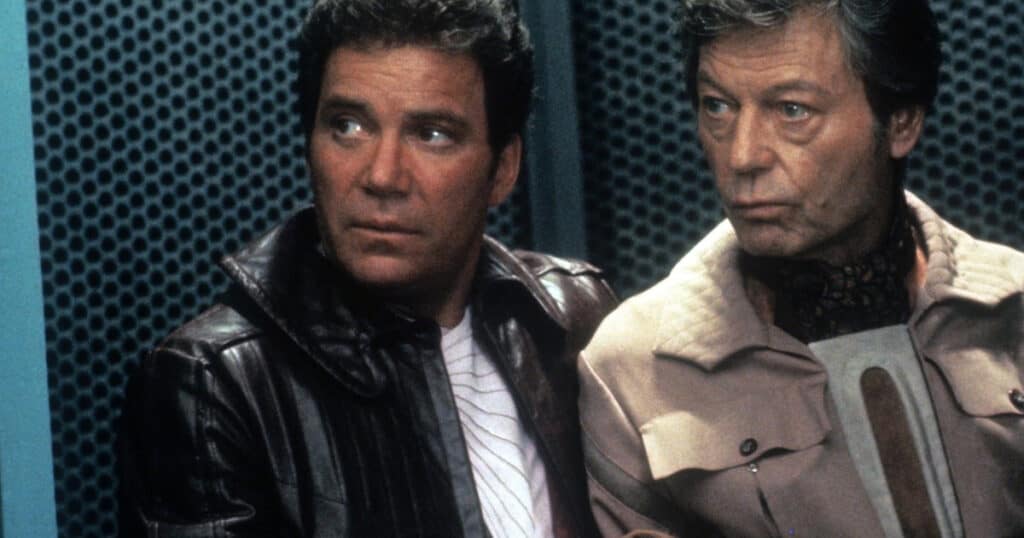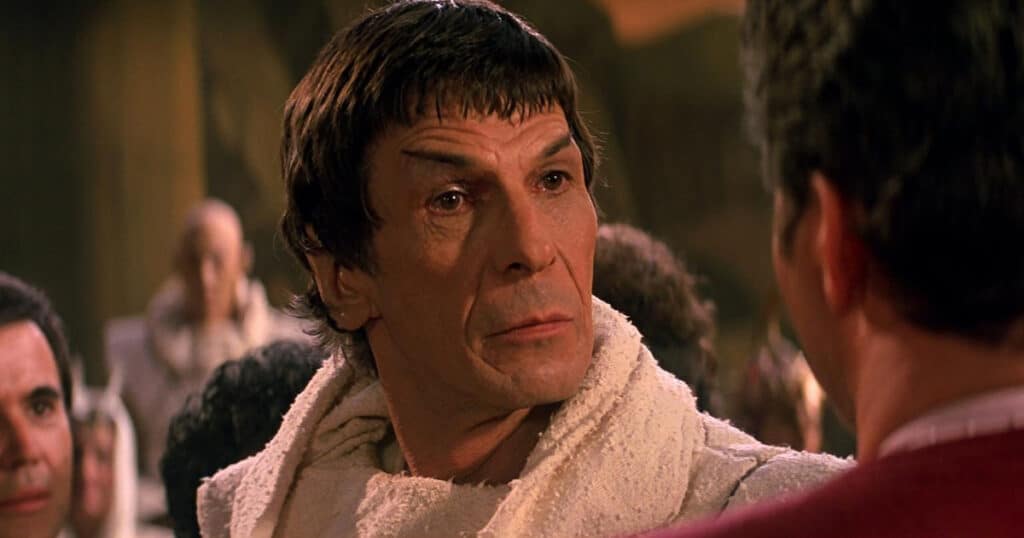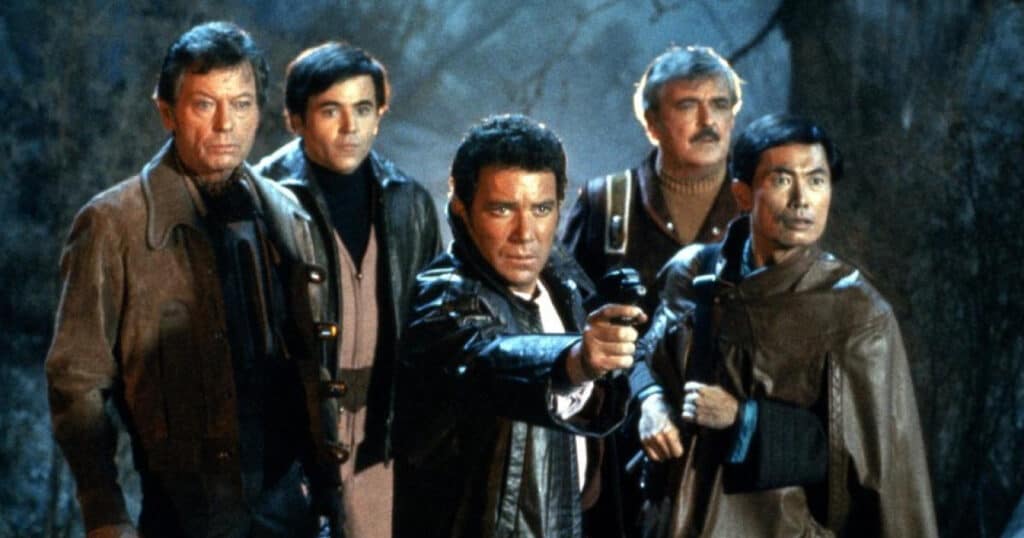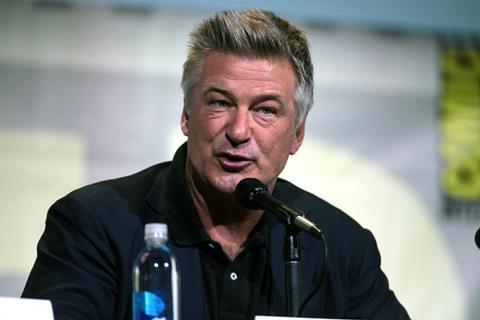Entertainment - Media News Watch originally published at Entertainment - Media News Watch
In 1982, Paramount Pictures released Star Trek II: The Wrath of Khan. The film, despite having a much lower budget, was a huge success at the box office. It grossed $78 million and became the sixth highest grossing movie of 1982. At this point, a sequel was inevitable, but the question was, would Mr. Spock appear in it? Leonard Nimoy, who had written a memoir entitled “I’m Not Spock” and was killed in Star trek II teased that Spock might not be as dead as it seemed. Nimoy’s successful career behind-the-camera began with his 1984 film, Star trek III: The Search for Spock. The film was directed by Nimoy and launched a successful career for the actor. How did it all happen?
Shortly after Star Trek II came out, Nimoy was approached by Paramount Pictures about being in a potential third film, and he said yes, on the condition that he be allowed to direct. Nimoy’s request may seem outrageous, but he has directed a lot of T.V. including two episodes of William Shatner T.J. Hooker and a well-received episode starring him, Vengeance Is Mine in which he played a father who is hell-bent on killing his daughter’s rapist. Shatner was on board with Nimoy as the director, but the person who really mattered was Michael Eisner. Eisner believed Nimoy hated Star trek, and demanded that he be killed off. Nimoy had to convince him that this wasn’t the case and that he was committed to the franchise going forward before getting the opportunity to direct.
Perhaps conscious that the last film had only really been a smash in North America, the budget was kept relatively low, costing $16 million compared to the previous movie’s $12 million. The F.X. The F.X. The most important thing was that ILM was able to reuse sets and uniforms used in Wrath Of Khan to create some truly memorable scenes, such as climactic explosions of the U.S.S. Enterprise.
Ultimately, writer-producer Harve Bennett used a relatively simple device to bring Spock back. We learn that Spock has transferred his essence to McCoy, his Katra. Kirk, McCoy Sulu Scotty and Chekov are forced to hijack the Enterprise in order to return to the forbidden planet. Kirk’s son David Marcus and Saavik (recast from the last film after Kirstie Alley left) are sent to Genesis to investigate the mysterious lifeform they discover to be Spock. David’s shortcuts have made the planet dangerously unstable, and Spock’s ageing body has gone from a baby to an adult in days. Kruge, a rogue Klingon, wants to learn the Genesis secret and use it for the Klingon Empire. The third group, the Klingon Empire, and the Star Trek franchise’s greatest hero James T. Kirk, collide in a showdown over Genesis. The Genesis Trilogy is what you could call it, but I prefer to refer to it as The Kirk Saga because his film arc is the core of the franchise. Kirk has a midlife crisis in
Star trek II. By the end of the film, he has lost his best friend, but gained a child. In the third film, he is able to regain his best friend but loses his child. It turns the once kind and heroic Kirk, into a much cynical and bitter captain. This only pays off in the sixth movie and is almost ignored by the fifth. He hates Klingons. The movie ends with the destruction the U.S.S. The Enterprise was a huge hit in 1984. But the fact that Kirk saved Spock at such a high cost makes it the most thrilling and underrated episode of the series. Nimoy makes a good movie, despite this being his first feature film. It’s not quite as well-crafted, but Nimoy keeps the pace moving nicely (it’s also the shortest in the franchise), and he shows a flair when it comes to directing action. The movie contains one of Kirk’s best scenes. At the end, he is trapped on Genesis, with the movie’s antagonist, Christopher Lloyd’s Kruge, and they fight to the death. The cast is one of the best parts of Star trek III. Shatner is able to show off some of his best acting, especially when he learns that his son has been murdered. DeForest Kelly has his best Trek role to date. McCoy is on the edge of madness for most of the film because he can’t handle Spock and Katra. McCoy is Kirk’s second in command now that Nimoy has been sidelined. He seems to enjoy the role more. Scotty and Chekov aren’t given much to do. Sulu and Uhura have some nice moments. Sulu uses judo to take down a security guard who calls him “tiny” while Uhura takes over the transporters. Christopher Lloyd is the best. In 1984, his casting was considered to be pretty outrageous. He hadn’t played Doc Brown in Back to the Future

yet and was primarily known as the permanently stoned Reverend Jim from
Taxi. He was so good in the part that one wonders if this helped nab him his role in Back to the Future.Interestingly, John Larroquette, who everyone will remember as the iconic Dan Fielding on Night Court, plays Kruge’s second in command, Maltz. Maltz is a small part, but he does seem remorseful at the end. I have one question: if all the other Klingons were dead, why couldn’t Saavik and Scotty, Chekov, and Sulu take over the Klingon Bird of Prey when they only had Maltz to deal with? Kirk has to do it all? The only place where the cast comes up short is Robin Curtis – not that she’s a bad Saavik, but Alley was so iconic in the part one wished she had returned for the sequel.However, one person that did return was James Horner, who once again composed a superb score, with Nimoy raving about it in the Search for Spock

‘s special features on the DVD/Blu-ray. The film was politely, but not enthusiastically, received by critics. Many compared it to The Wrath of Khan. Ronald Reagan was one of those who didn’t like it. He watched it at Camp David, and wrote in his journal that it “wasn’t too good.” Is the movie predictable? Sure, but only in the fact that, because the film is called
The Search for Spock, you know they’re not going to end it with them saying, “Sorry, we couldn’t find him .”As a Trekkie, this is probably my third or fourth favorite in the series, and audiences seem to agree with me, with it making only $2 million less than The Wrath of Khan at the domestic box office – $76.5 million, despite competition from Gremlins, Ghostbusters and Indiana Jones and the Temple of Doom. It was such a success that Paramount decided to increase the budget for the next movie, which became one of the few Trek films to ever make a lot money overseas. But that’s another story!
Entertainment - Media News Watch originally published at Entertainment - Media News Watch



